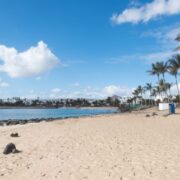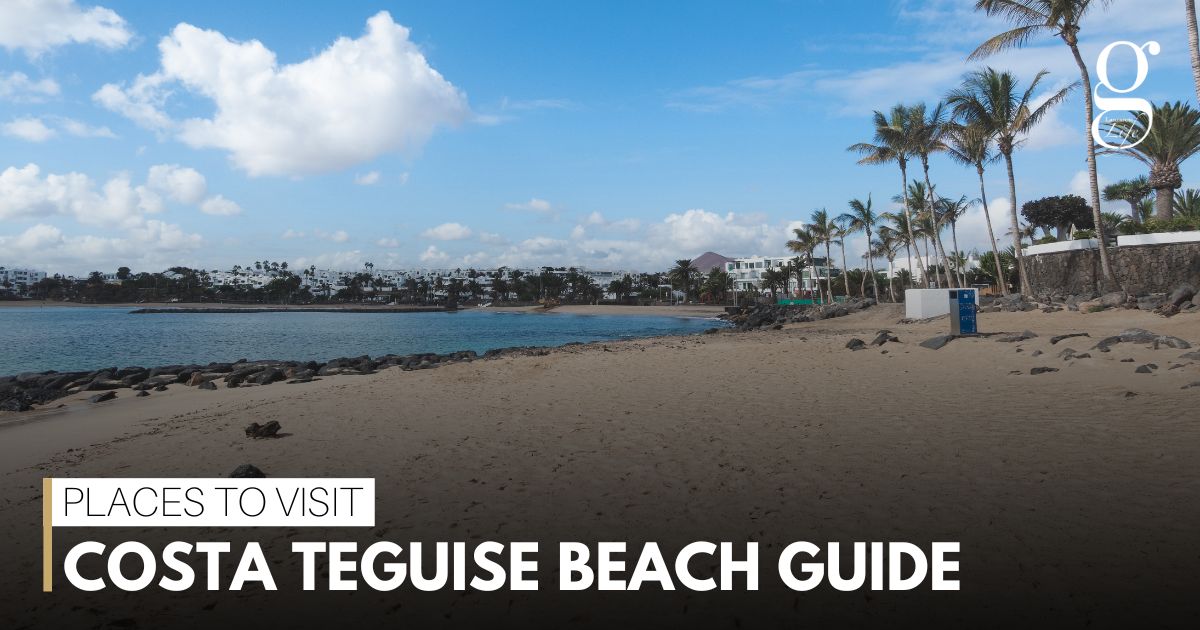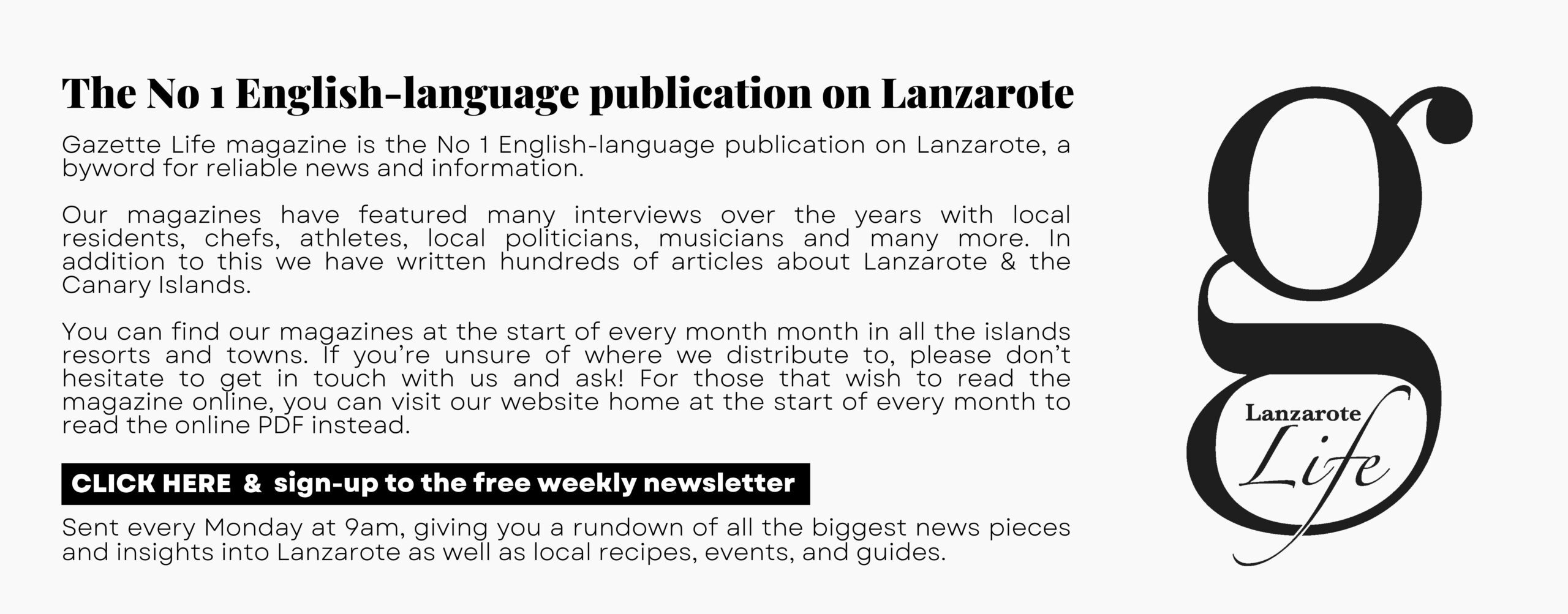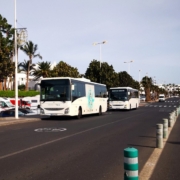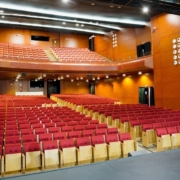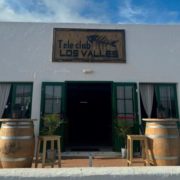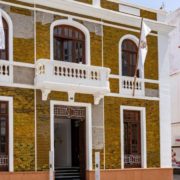Costa Teguise’s magnificent beaches are the reason for the resort’s existence, beautiful places where millions of holidaymakers have basked, relaxed, paddled and swam. Here’s your guide to each of the resort’s beaches.
PLAYA DE LAS CUCHARAS
Playa de las Cucharas is Costa Teguise’s biggest beach, a sweeping crescent of golden sand in a large natural bay. On any day it’ll usually be filled with tourists on sunbeds, and the water is warm, sheltered, and safe. If it’s breezy, look out to sea and you’ll see Cucharas’s other claim to fame – it is one of Europe’s most popular windsurfing beaches.
This Blue Flagged beach has everything you could need and is probably the best beach in the resort for disabled access. You’ll find plenty more facilities in the bars and shops that line the promenade.
If you’re wondering about the name, which means “Spoons Beach”, it refers to limpet shells, which are called spoons by locals, and were once used as eating utensils, as well as castanet-style musical instruments.
PLAYA DEL JABLILLO
Playa del Jablillo is one of the best family beaches on the island, with golden sand, fantastic snorkelling, rockpools and plenty of facilities nearby. There’s always a good mixed crowd at Jablillo – local youngsters basking on the rocks, tourists splashing in the shallows. It can get a little windy at times, but that adds to its fresh, breezy appeal.
Some attempts have been made to improve disabled access, but it’s still far from perfect.
The name “Jablillo” means fine sand, but most of the sand on this beach has been transported from sand dunes in the north of the island.
PLAYA BASTIÁN
The most natural beach in Costa Teguise is Playa Bastián, overlooked by an old watchtower. The beach is open to the sea, making bathing difficult on rough days, but they’re few and far between, and there are no nasty currents off this shore. The beach is naturally occurring warm sand that’s a deep toasted colour. Locals like to gather here for beach parties, and the local council has signposted the beach as a “Natural Spa”.
There’s disabled access to the beach, although the deep sand makes further progress difficult.
High tide is best for swimming here, as low tides expose slippery rocks.
PLAYA LAS SALINAS
This small, golden beach is at the far end of Cucharas and is named after the Melia Salinas hotel behind it. Many people regard this beach as an extension of Cucharas, but it remains popular because of its sheltered location, brilliant white sand, and superb views.
It also benefits from its proximity to the island’s first five-star hotel, with several stately palm trees just behind the beach.
Swimming, protected by one arm of the breakwater is safe.
PLAYA LOS CHARCOS
A long beach located in a lagoon enclosed by artificial breakwaters, this beach lies between the Melia Salinas Hotel and the Sands Beach Resort but is open to everyone.
With white sands and turquoise waters, it’s a beautiful place, and swimming is safe if you stay within the lagoon.
The brisk winds outside the lagoon mean that this beach is another favourite among windsurfers.
PLAYA EL ANCLA
Tucked behind the Occidental Lanzarote Playa hotel is this gorgeous little lagoon, protected by two breakwaters, upon which you’ll often see fishermen trying their luck.
This beach is short on sand, and many people who go there prefer to bask on the flat rocks. Access to the beach is down some steep stairs or a rough incline and is out of the question for anyone with limited mobility. Getting into the sea can also be a little tricky, usually over shingle or off slippery rocks. Nevertheless, it’s still a favourite with those who love the beauty of the place.
Parking is limited since the expansion of the cycle path.
For regular updates, pictures and videos of Lanzarote be sure to like and follow our Facebook page “Gazette Life Lanzarote”.

